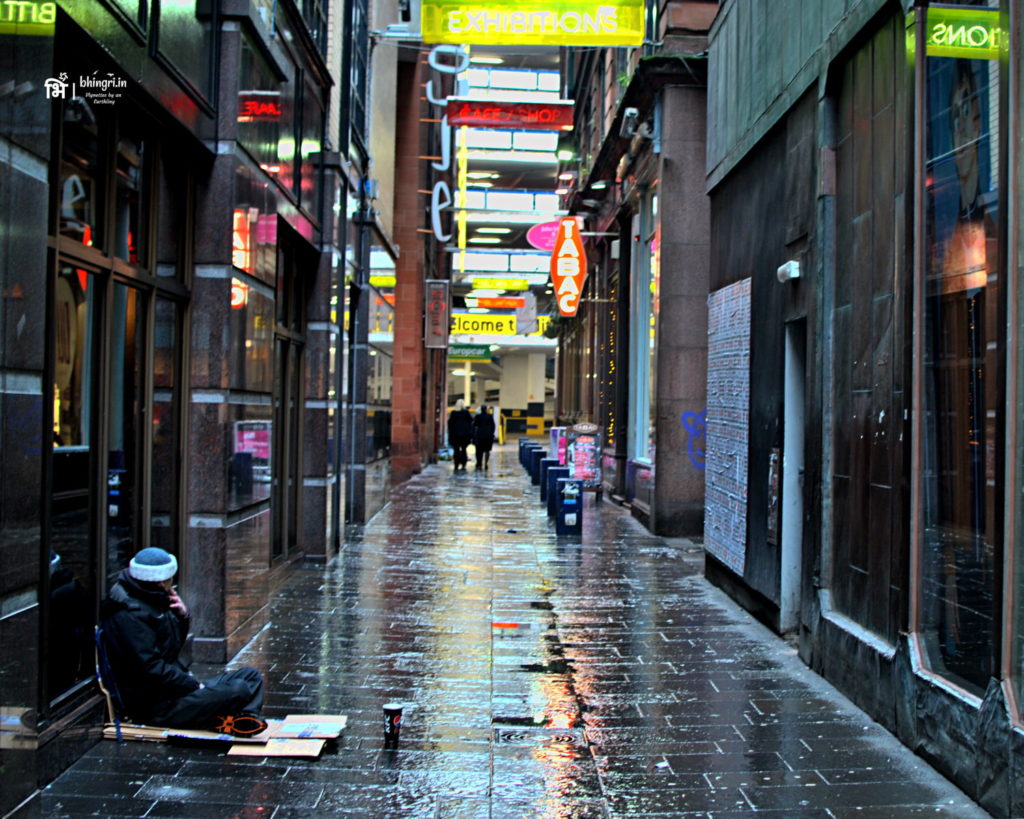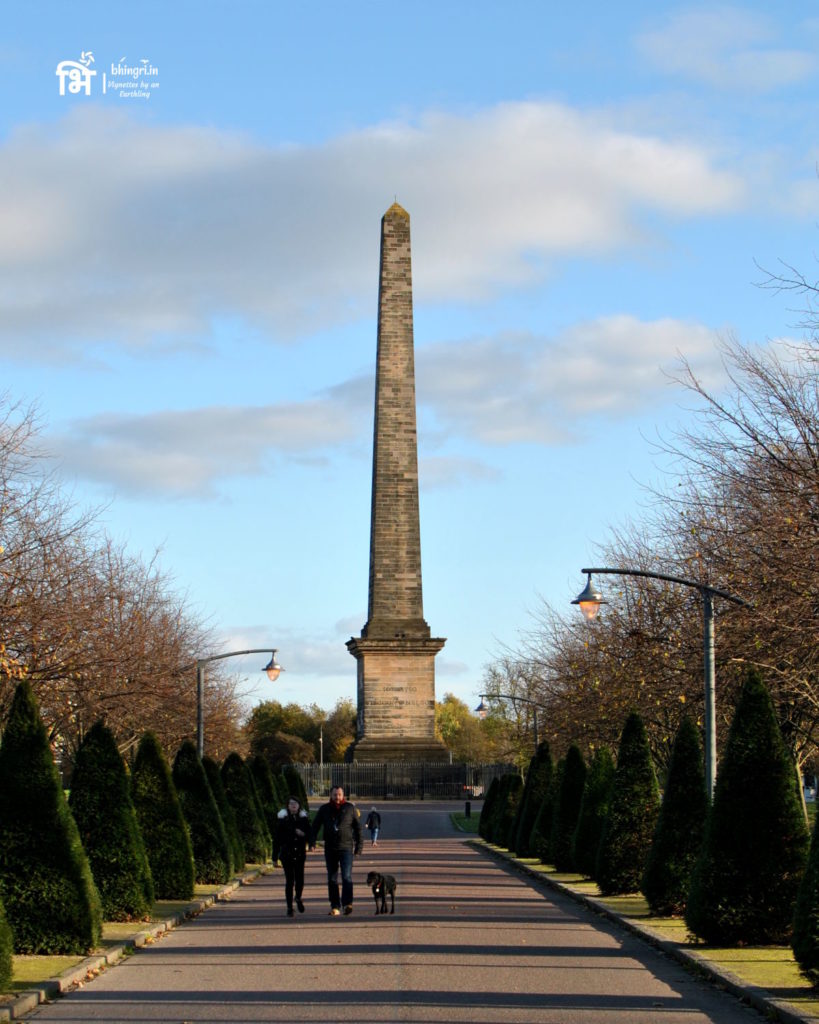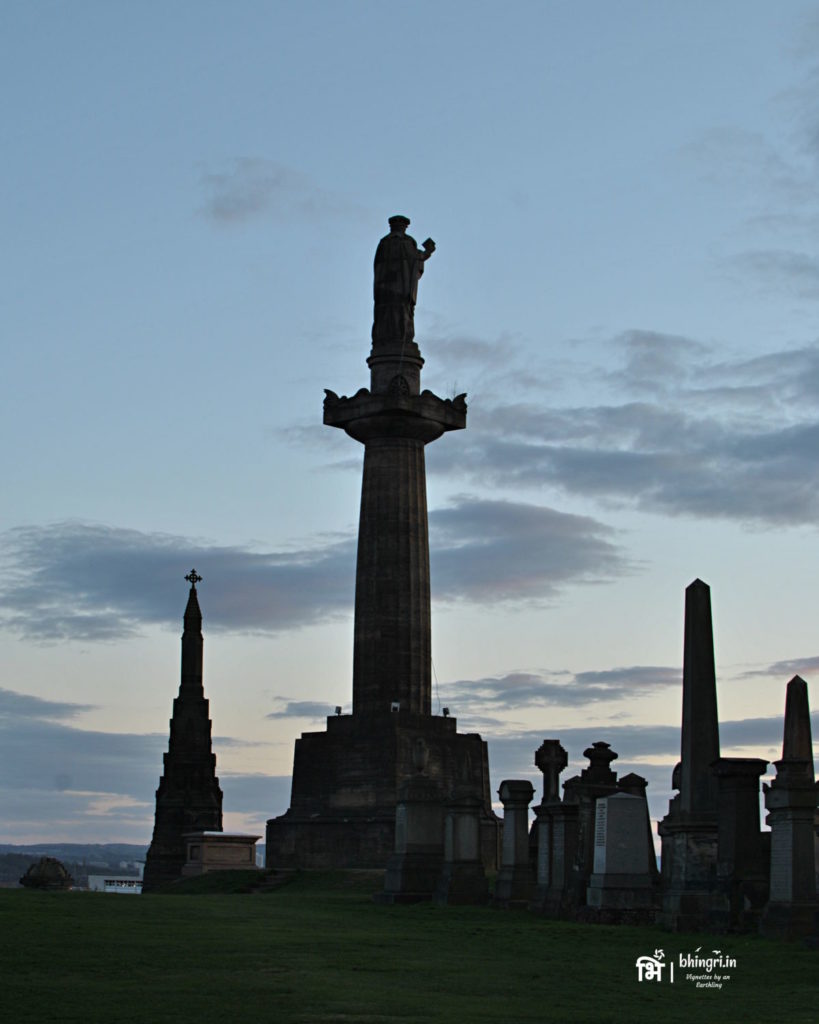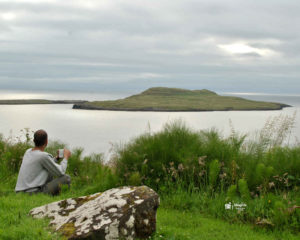Glasgow is Scotland’s biggest city, although that’s not the capital of the country. Edinburgh is the Scottish capital while Scotland along with Wales, Northern Ireland and England form the United Kingdom. The visa for UK allows travel to all these four countries. It is fascinating that such a tiny nation (England) could colonise half of the world in its glory days. I suppose I started appreciating history more as my interests in science truly started pushing me to observe more and learn about this big world. I am continuing the exploration of Scotland beginning from the city of Glasgow where am spending an year.

An Interesting Discovery
I have always been fascinated by technology. And I don’t mean that in the modern sense (of gadgets, IoT and AI) but more earthy and fundamental. Many years ago when I first read the biography of George Washington Carver I was truly inspired*. This was one of the many things that influenced my aspirations to be into science and engineering. I have always admired the sheer grit and perseverance of industrious people, scientists and researchers like him. So on the very first morning in Glasgow when I made an interesting discovery, I knew I was going to have a grand time!
I have mentioned about an interesting experience I had in the previous blog post when I set out for jogging early morning. But apparently that wasn’t the only surprise of the day. I happened to pass through one of the biggest and popular parks in the city: The Glasgow Green. There’s a tall monument in the middle of the park. When I got closer I noticed a stone nearby with something etched on it. I moved closer to read:
Near this spot in 1765 James Watt conceived the idea of the separate condenser for the steam engine patented in 1769

Incidentally, James Watt was a native of a town near Glasgow and spent many years as an engineer at the University of Glasgow. However when I read about Watt on the stone, I was a bit confused because of the odd reference to condenser. Odd, because I always remembered James Watt as someone who “invented” the steam engine! At least that’s what we all have been hearing since school days.
So I read more. It turns out the idea of using steam power to pump water out of mines was in use for quite some time. In fact, it had been almost 50 years since a basic (and therefore very inefficient) steam engine existed. James Watt took it upon him to improve the design and famously while taking a stroll in the park, he conceived the idea of separating the condenser and thus avoiding additional efforts to cool it down. I was so happy to have stumbled upon this rock. It reminded me that there’s oceans of things to know and learn.
Glasgow’s Mural Trail
Over the course of next few days as I explored the city I discovered this very unique cultural aspect of the city: life size murals! In 2014, Glasgow hosted Commonwealth Games. To welcome all the sports lovers and players, the local artists painted huge murals on the walls of many buildings in the city. In fact, there literally exists a mural trail which can be traversed on foot and exploring the city along the way. One of my favourite of the lot is the one below. It signifies the Scottish initiatives for green energy. We can see many wind mills all over Scotland and the mural beautifully captures the emotions: embracing green energy and caring for nature.

Vibrant City Life
Glasgow city centre is always full of people from all walks of life. The city boasts of a range of pubs and sees swarms of socialising crowds in the evenings. The restaurants are chic and have diverse cuisines, including many vegan outlets. The city council and local organisations often host many interesting events and festivals. What I love the most about the city’s lively atmosphere is the street musicians.

[highlight]A girl playing the traditional Scottish musical instrument: Bagpiper[/highlight]
Most of these are traveling musicians and carry all their instruments in portable cases. They take their spot, ready their instrument, take out a hat or a box for coins and start performing. Electric guitars, drums, tap singing, flute, saxophones, trumpets and sometimes the Scottish bagpipes too will be seen especially on the weekends when the streets are full. Occasionally, someone from the crowd gathered would even start dancing voluntarily. What lovely people! I always a keep a few loose coins in the pocket for some of these musicians.
Clyde Riverwalk
The river Clyde flows through the city and along its banks is the beautiful Clyde River Walk. On a sunny weekend morning or in the evening this is a great place to go for a walk. Many athletes could be seen jogging or cycling on the built up walk that leads to the city’s iconic Riverside Museum on one side and the old Prince’s Docks on the other side of the river. Until mere decades ago, Glasgow used to be one of the major shipbuilding and repair centre. Legend is that more than 30% of the ships used during World War I were built in Glasgow’s shipyards alone. The river Clyde still has one of the biggest UK Naval bases.

The Necropolis
This place, as the name suggests, is a burial place of the fallen during the world wars and before. In spite of its morbid appeal I find it utterly beautiful. Considering the number of Glaswegians walking around this place every evening, I’m sure the feeling is mutual. The Necropolis or literally the “city of the dead” is on a hill in a corner overlooking the city. Beautifully created pathways and well maintained rows and rows of huge gravestones give it a calming and beautiful air rather than scary.

I think I like this city. Do you?
* While composing this post I found out of its English translation of the originally Marathi book by the name A Man Called Carver since 2010. Do read, highly recommended!




YES! I also like this city.
Ohhhh, so James Watt had this FAME for steam engines…can you have a talk with him in the ‘city of dead’ to confirm the same?😂
Haha. As it turns out James Watt was actually buried in Birmingham and not in Glasgow.
I have no idea how the kettle-steam-engine story evolved but it is certain that Watt improved an existing (Newcomen’s) steam engine by introducing a separate condenser.
[…] reasons. I have written about my first impressions about Glasgow here and its industrial legacy here. It definitely isn’t a lone opinion. I have met many, mostly non-Glaswegians, who agree with […]
[…] if you haven’t yet read these, do visit the old ones (my First Impressions of Glasgow , about Glasgow’s Industrial Legacy, or the latest on Experiments in Long Exposure Photography.). Also, I am on instagram, do follow me […]
We are a family run dive centre in Cyprus, we love your content!
Thanks. Perhaps I’ll visit you when I visit Cyprus. 😀